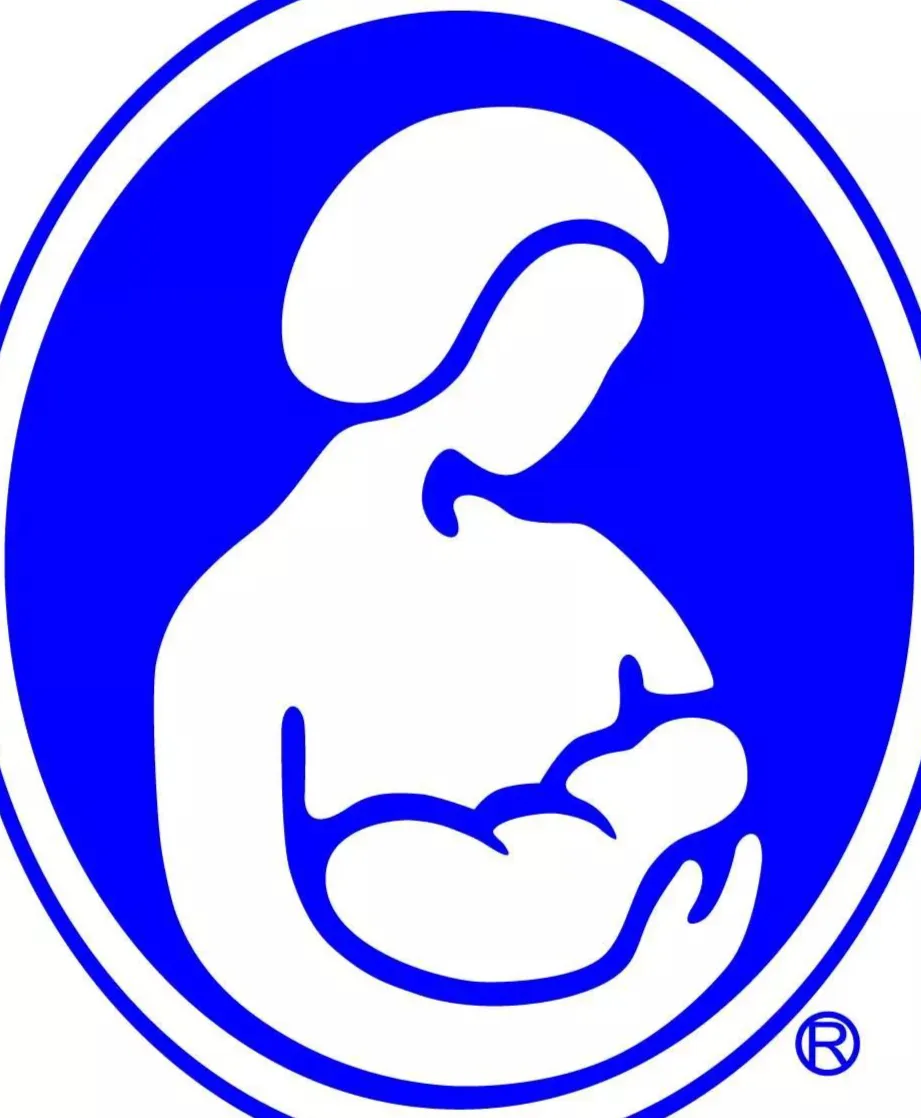点击上方国际母乳会LLL 设为星标,获取育儿知识

肌肤接触式育儿,也称为袋鼠式护理或袋鼠式育儿,就是把宝宝裸露的胸紧贴到大人裸露的胸上抱着。这对足月儿和早产儿都很有益,可以帮助新生儿适应子宫外面的环境。
理想的做法是在出生后立即进行,并在出生后的头几天或几周内尽可能多做。它有助于调节宝宝的体温、呼吸、心率和血糖水平。还可以安抚宝宝,这样他就不会感到过度紧张或者哭闹不止了。抱着他们做肌肤接触时,很多宝宝更容易含上乳房。肌肤接触式育儿,妈妈、爸爸、伴侣、照护者或宝宝的哥哥姐姐们都可以做。
脱掉胸罩或衬衫,或者把你穿的医院病号服前襟都敞开。宝宝身上只穿尿布。把宝宝趴着放在妈妈的乳房之间,胸贴胸地进行肌肤接触。然后在宝宝背上盖上被子,也可以试着穿一件超大号的衬衫来盖住宝宝。如果宝宝开始摆动着身体去寻找乳房,妈妈可以根据需要调整成一个舒适的哺乳姿势。

欲了解更多信息,请参阅哺乳姿势和含乳姿势。除了出生后第一次母乳喂养外,之后宝宝仍然可以继续从肌肤接触中获益,所以要抓住每一次机会这样抱着宝宝啊!
肌肤接触式育儿有助于你了解宝宝发出的信号,还会提高你体内产生的泌乳素水平。泌乳素是负责帮助你的身体产奶的荷尔蒙。很多妈妈发现,当她们抱着宝宝做肌肤接触时,宝宝含乳会更容易。它能够安抚烦躁的宝宝,让宝宝对吃奶更有兴趣。妈妈的身体是宝宝的栖息地。在产后的最初几周内,可以经常甚至一直进行肌肤接触。无论哪个月龄的宝宝都推荐可以用这种育儿方式。
如果妈妈因为宝宝生病或者早产而无法母乳喂养,就必须得挤奶了。抱着宝宝做肌肤接触有助于妈妈的身体产生更多的乳汁。确实如此!只要妈妈能抱着宝宝,就可以进行肌肤接触式育儿。那些用着呼吸机、输着液或做着心脏监护的弱小婴儿也可以经常被抱着做肌肤接触。
事实上,他们用这个姿势状态会更好,心率、呼吸频率和体温更稳定。使用这种渐进式护理方法的NICU(新生儿重症监护病房)医护人员能够帮助你把宝宝安全地放稳。你尽管向他们提出来这个想法。更多信息请参阅袋鼠式育儿网站点击原文查看。
2022年8月更新
Skin-to-Skin Care

Skin-to-skin care, also called Kangaroo Care or Kangaroo Mother Care, is holding a baby bare chest to bare chest. It is good for both full term and premature babies. It helps newborns adjust to being outside the womb. It is ideally done immediately after the birth and as much as you can during the first few days or weeks of life. It helps regulate the baby’s temperature, breathing, heart rate and sugar levels. It also calms the baby so he doesn’t get stressed out or cry a lot. It is easier for many babies to latch on to the breast when held skin to skin. Skin-to-skin care can be done by the mother, father, partner, caregiver or sibling.
Take off your bra and/or shirt or have your hospital gown open in the front. Dress your baby in only a diaper. Place your baby’s chest between your breasts, skin to skin against your bare chest. Place a cover over her back. You can also try wearing an oversized shirt and use this to cover her. If your baby starts to bob around and look for your breast, adjust your position as needed to get into a comfortable breastfeeding position. For more information see Positioning and Latching. Babies benefit from skin-to-skin care beyond the first breastfeed, so take every opportunity to hold your baby this way.
Skin-to-skin care will help you learn your baby’s cues. It will also increase the level of prolactin you produce. Prolactin is a hormone responsible for helping your body make milk. Many mothers find that latching their babies is easier when they hold their babies skin to skin. It can calm a fussy baby, making the baby interested in feeding. The mother’s body is the baby’s habitat. During the first few weeks skin-to-skin care can be done often or even continuously. There is no age at which skin-to-skin care is no longer recommended.
If you are unable to breastfeed because your baby is sick or premature, you will have to express your milk. Holding your baby skin to skin helps your body make more milk. Yes. If you are able to hold your baby, you can do skin-to-skin care. Tiny babies on breathing machines, IVs, and heart monitors can often be held skin to skin. In fact, they do better in this position: their heart rate, breathing rate and temperature are more stable. NICU (Neonatal Intensive Care Unit) staff using this type of progressive care will be able to help you position your baby safely. Just ask. See https://kangaroomothercare.com or click ‘Read more’ below for more information.
Updated August 2022

资料来源: https://www.lllc.ca/skin-skin-care

END
翻译:传艳
一审: Lynn
二审:何涛,Marien
编辑:斯琦

找到我们
微信公众号|视频号|小红书|抖音|新浪微博|今日头条|哔哩哔哩|优酷
搜索关键字“国际母乳会LLL”


更多阅读资料,
欢迎大家访问“国际母乳会LLL”官网:
https://www.muruhui.org/
分享
收藏
点赞
在看

做公益也有运营成本!
你的支持和赞赏可以让更多的妈妈获益!
本篇文章来源于微信公众号: 国际母乳会LLL
